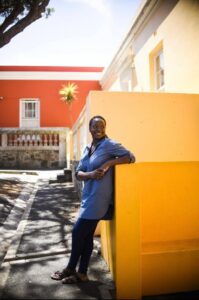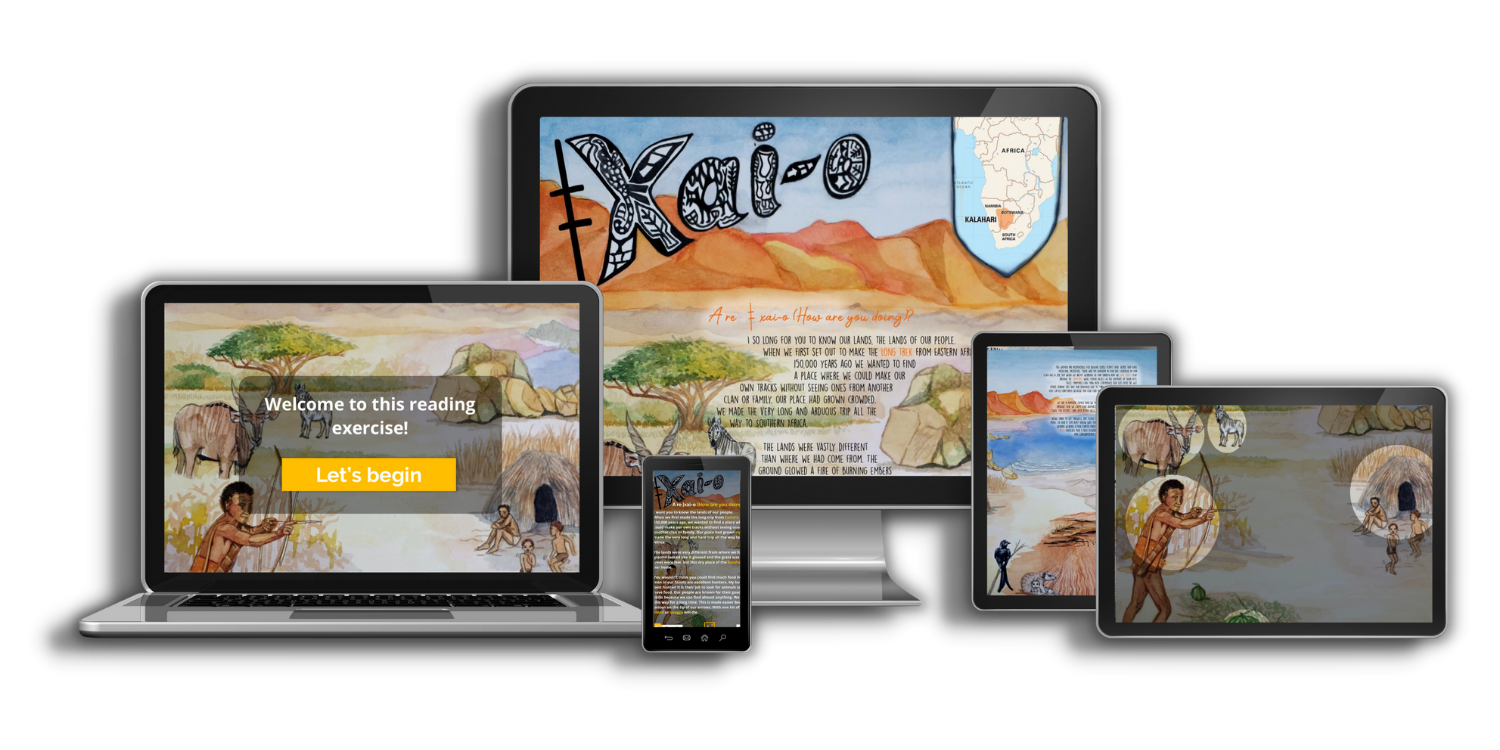In this blog post, we will take you on a six-week journey of designing serious games for English learning in a rural school in Limpopo, South Africa. We aimed to create an engaging, fun, and educational game for fourth-grade students, many of whom had learning difficulties, language deficits, or needed more exposure to English vocabulary and conversation. We collaborated with experts from Wits University and the Linguistics department in African languages to ensure that our game design would meet the needs of our learners. We listened and engaged in conversations with leaders in the field of translanguaging.
When people who speak more than one language interact with one another, they engage in an activity known as translanguaging. Wei and Garcia claim in their work “Not a First Language but One Repertoire: Translanguaging as a Decolonizing Effort” that translanguaging is a decolonizing endeavor because it undermines colonial powers’ monolingual and hegemonic linguistic ideology. Translanguaging not only challenges the current language hierarchies that marginalize multilingual speakers, but it also allows for the acknowledgement and affirmation of multiple linguistic identities. Translanguaging is a kind of communication that can help people fight back against linguistic imperialism and work toward a more just language environment.
Our journey began with creating digital content as a simple interactive PDF letter that told students about South African groups’ different cultures and histories. However, we soon realized we needed a more interactive platform to engage our learners fully, so we began using Nyoulearning. This helped us to understand the potential of serious games in education and motivated us to explore game design further.
We faced a variety of challenges throughout the design process. One of the biggest challenges was creating a persona for our learners, which required us to consider their different abilities and needs. We asked ourselves what types of things our learners would need within the game to be successful and how we could scaffold play for those who needed it without babying those who were competent in those areas. This helped us to develop a game that was engaging for all learners. We brainstormed about the various types of game mechanics that they would find immersive and the types of choices that they would find meaningful.
Another challenge was deciding on assessments and rewards that fit our learner persona. We wanted to ensure that the evaluations were effective and motivating and that the rewards were appropriate for our learners’ age group and culture.
Creating a storyboard and objective mapping was mind stretching. We had to focus on the primary goal of a minimum viable product and avoid getting sidetracked by all the ideas we had brainstormed over the years. We learned about designing with the flawed human psyche in mind by using hidden game mechanics that falsify our perceptions to give the player a better experience (there’s a grand wizard behind it all). We enlisted the help of an artist to create the visuals and ensure that our storyboard and objective mapping were clear and compelling. Additionally, we employed the use of LM-GM framework for analyzing serious games to develop a concept map to accompany the storyboard of our game.
Within the reading on one mini quest, I was introduced to Broken Age… I love that it is an interactive story game with parallel universes in different times. From what I saw, I do not think the game uses player behavior modeling and the use of the Big 5 Model (Lima et al, 2016) –has intrigued me but I do not think I possess the current skill set to create it within our own game, though I do understand the concept of differentiation of instruction.
During the hour-long conversation with Dr. Pierre Tchetgen, who hails from Boston but whose roots are in Ghana and Cameroon, the proof of concept and the game Cultural Chronicles were the main topics of discussion. Dr. Tchetgen posed a number of queries regarding the game’s evaluation, such as the aspects being evaluated and the methodology employed. He also inquired about the learning objectives and their relationship to the cultural objectives. We discussed game mechanics that allowed for a seamless transition from learning to cultural aspects. Dr. Tchetgen demonstrated his prototype game Alphariddims, which investigated the fusion of phonics, music, and cultural idioms. In addition to our insightful discussion, Dr. Tchetgen and I discussed the possibility of future collaboration. We discussed the benefits of having contact with a game studio, both for the development of Cultural Chronicles and Alphariddims. The benefits of having access to technology and resources that can enhance the gaming experience were also discussed. Overall, it was a productive discussion that opened the door to future collaborations and emphasized the significance of inter-disciplinary approaches to game design and development.
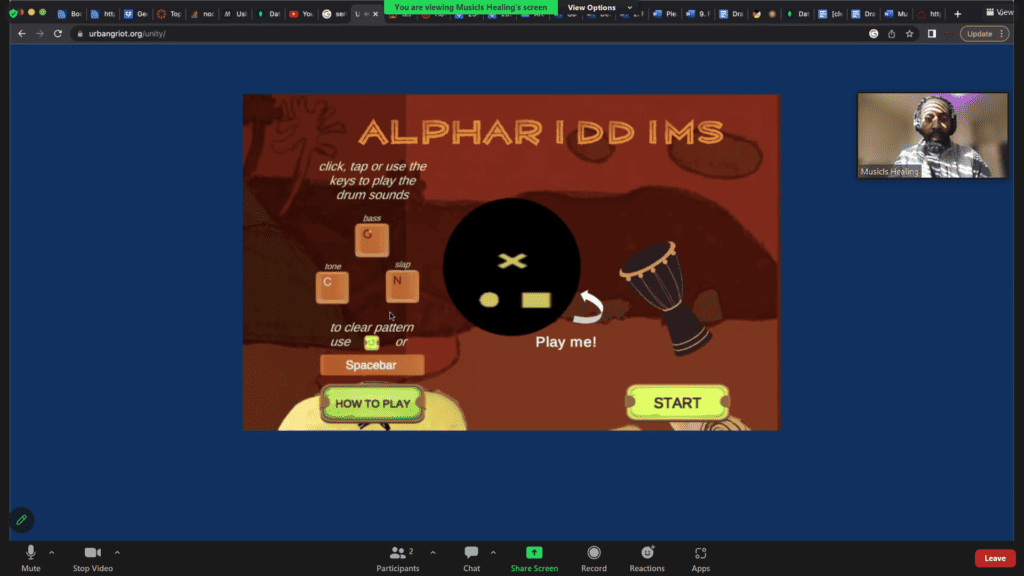
Finally, we conducted concept testing to ensure that our game design met the needs of our learners. This process took longer than expected because we needed to develop a method for testing and evaluating our game design. However, it was worth it, as we identified areas for improvement and made adjustments to create a fun and educational game.
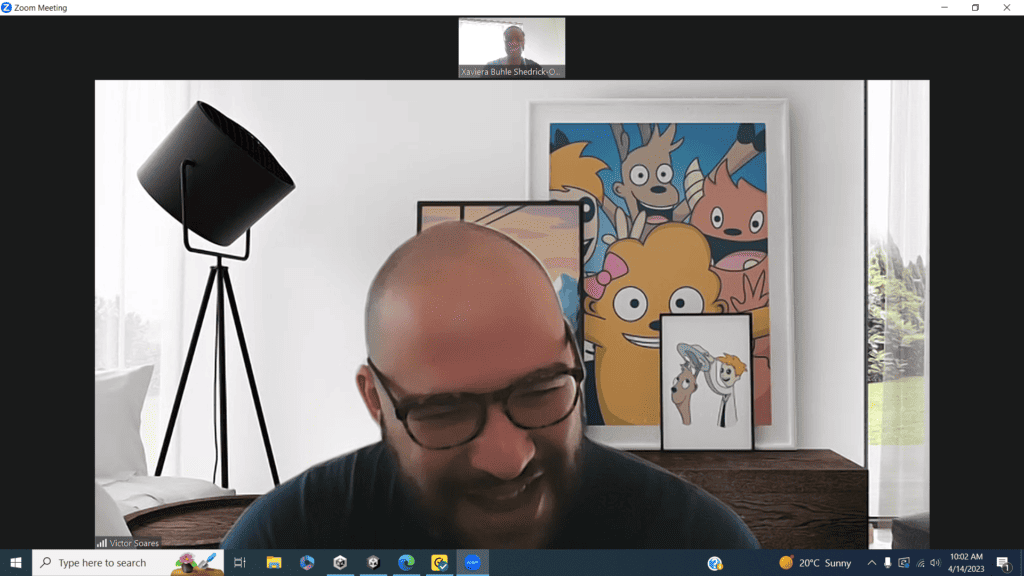
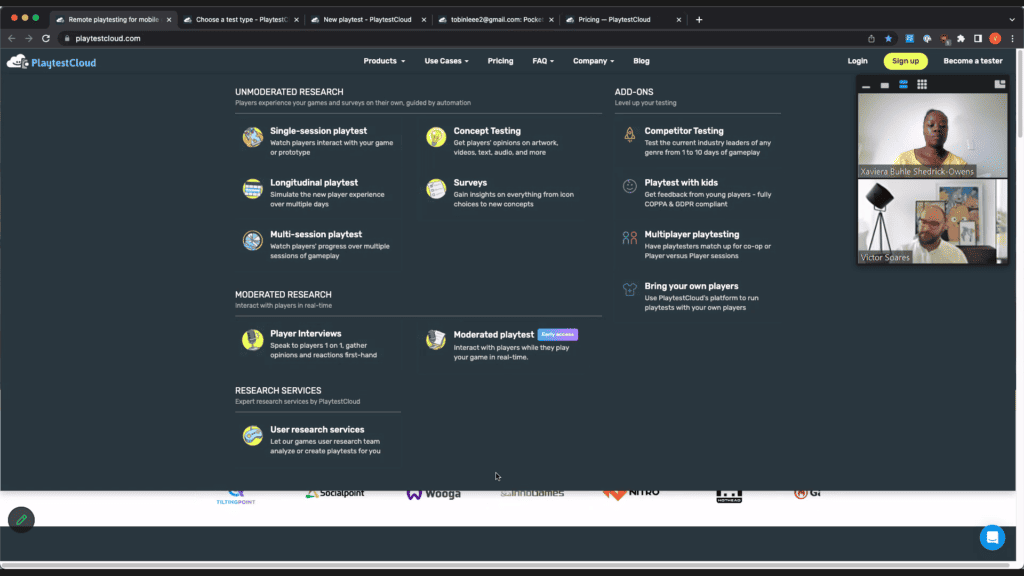
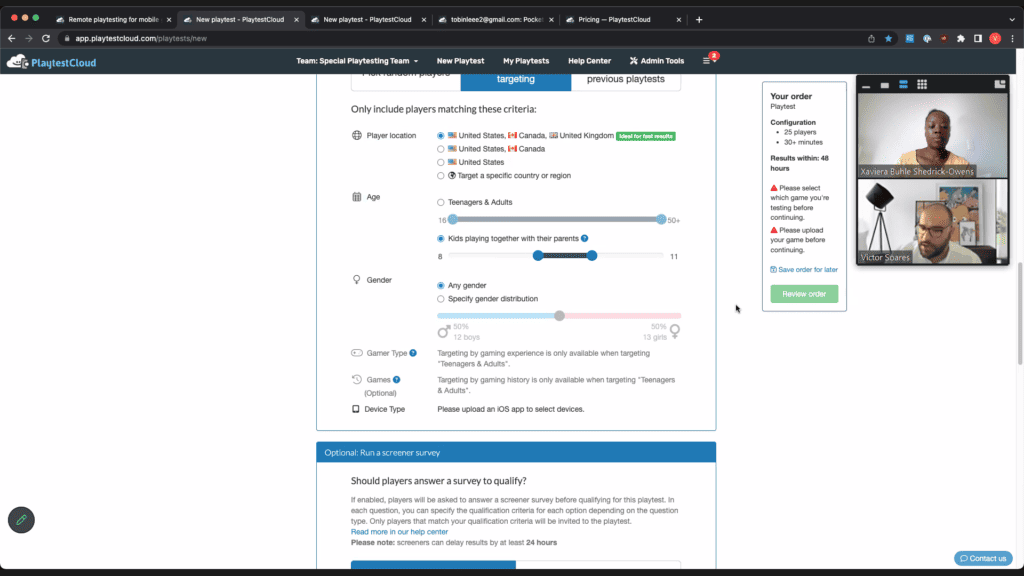
Recently, we’ve met twice with Playtestcloud‘s Victor Soares to talk about the game’s testing process. Victor probed us extensively during our first meeting, wanting to know everything from the game’s premise and background to its current state in development to the specific features we planned to test. We specifically asked for African 9-year-olds who are multilingual to do the bulk of the testing. Victor listened to our needs and assured us that his team would supply competent testers. During our second meeting, Victor provided a preview of the final test results, and we learned that the vast majority of testers were located in the United States, the United Kingdom, and Canada—not the target market! We also asked Victor to look for beta testers on the African continent, but he couldn’t find any. The fact that we could use our own in-house examiners was a definite plus. Unfortunately, the kids we’re helping do not have access to technology at the moment. As a result, we need to go back to the drawing board and devise a new testing strategy. Despite these challenges, we are grateful for Victor’s adaptability and willingness to meet our goals, and we look forward to continuing our collaboration with Playtestcloud in the future.
The last week of our six-week project was spent internally and externally analyzing the assignment’s final component, the concept test. We used a SWOT analysis to determine how well our project was doing internally. By breaking down our project in this way, we were able to better understand its merits and flaws and make necessary adjustments. We discovered that while our unique idea was a strength, not everyone was able to follow the directions because they weren’t crystal clear. We also found potential risks, such as similar projects, and opportunities for growth. We conducted interviews with teachers at the school we’re helping to get their thoughts on our project as part of our external concept test. Even though some educators had trouble grasping the concept at first, they were convinced that the story and presentation would “interest” their students. They also saw it as an advantage that they wouldn’t have to do any extra teaching, which gave them hope. Teachers also thought that having high-quality images of the game would be useful for future viewers. The internal and external concept tests provided us with invaluable feedback that we used to improve our project and make sure it would serve the needs of the school and its students. We will use this information to make any necessary changes to the project and to enhance it moving forward.
We are ecstatic to be contributing to something that could have such a beneficial effect on our nation. We are making great progress, and the community’s enthusiastic reception has been very motivating. We’ve presented our idea to valuable local residents, and they’ve been very receptive so far.
We look forward to working with Adriot Studios Gaming Lab and their skilled team of developers to bring our project to life. We are confident that by combining their knowledge of game design with our knowledge of education, we can make a game that is not only fun to play but also successful in its goals.
We believe that by incorporating gamification principles into our project, we can make the educational process more exciting and effective, all while addressing a pressing social issue. To ensure that our project caters to the needs of our students and successfully produces the intended results, we have devoted countless hours to research and design.
We’re dedicated to seeing this through to the end because of the positive impact it could have on our nation. We think our project has the potential to motivate students to make a difference for the better if given the means to do so. We’re excited to see our idea turned into a video game!


